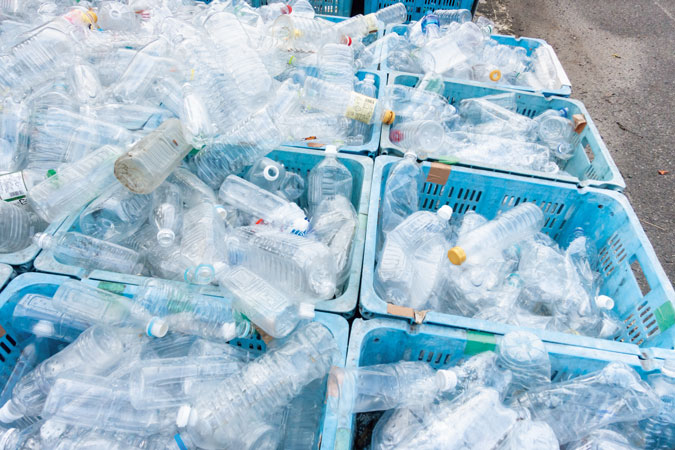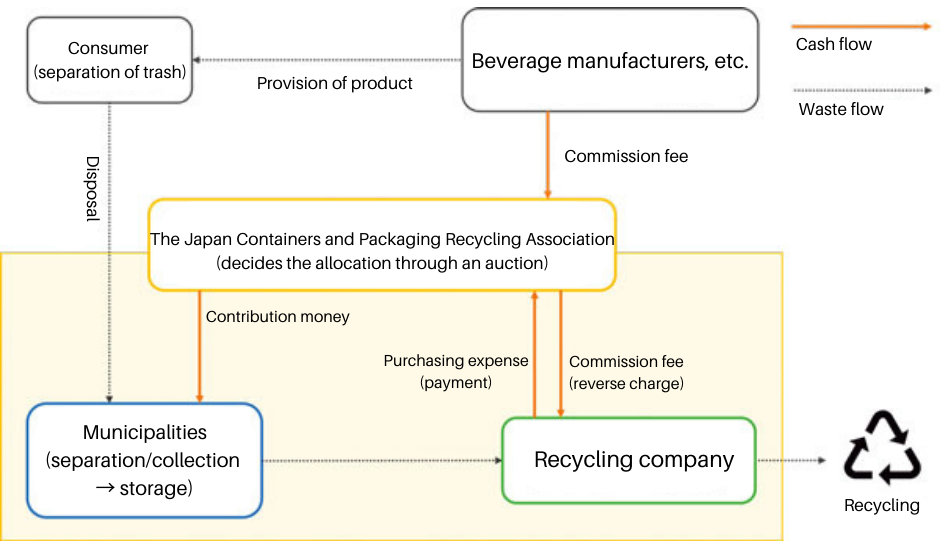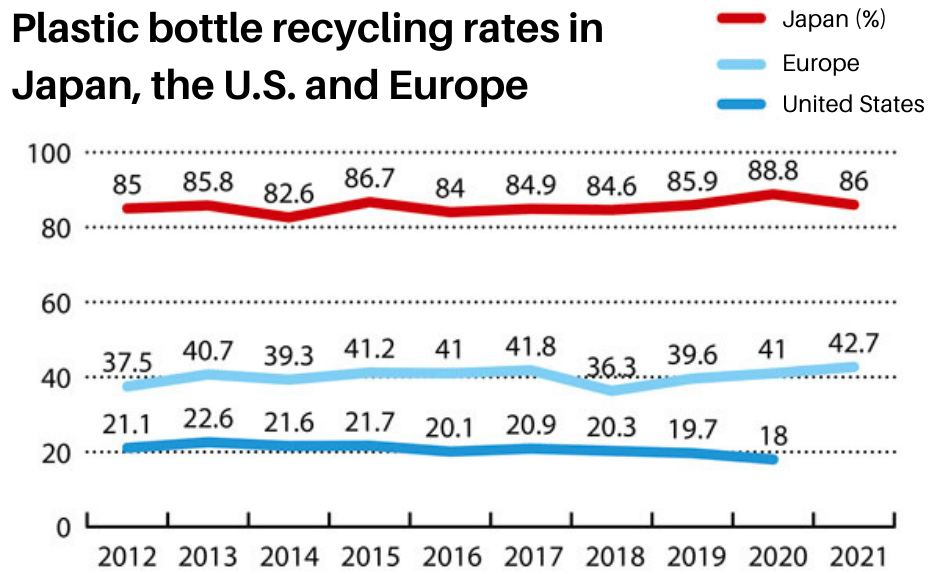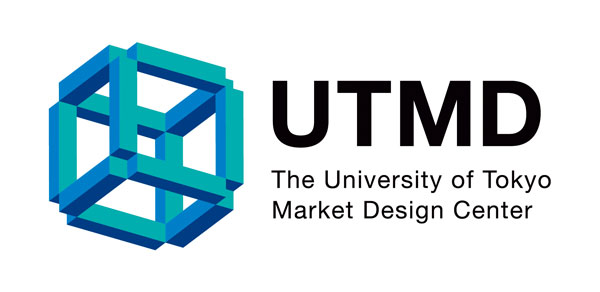UTokyo researchers answer questions on 21 GX (Green Transformation) topics from their specialist viewpoints. Through questions that cannot simply be brushed off as someone else’s concerns, take a peek into GX and our world of research.
Q3. Are plastic bottles in Japan recycled properly?
The recycling rate is reported to be high, but are the collected bottles processed efficiently?Answered by Shunya Noda
Assistant Professor, Graduate School of Economics / Project Manager, The University of Tokyo Market Design Center
Market Design


A world leader in plastic bottle recycling
Containers and packaging account for about 60% (by volume) of Japan’s household trash. To achieve a circular economy, recycling such materials is crucial. With a rate exceeding 80%, Japan is a world leader in the recycling of plastic bottles (made of polyethylene terephthalate (PET) and called “PET bottles” in Japanese), leaving both Europe (about 40%) and the United States (lower than 20%) trailing far behind. This success can be attributed to two factors. Firstly, the Japanese plastic bottle industry sets its own strict guidelines, starting from the manufacturing stage, to ensure the produced bottles are easy to recycle. The other main reason is that a law has been put in place for bottle separation/collection and reuse. To see if this recycling process could be optimized further, we researchers at the University of Tokyo Market Design Center (UTMD) have been examining the auction system for plastic bottles collected by municipalities.
A bidding system that maximizes the value of recycled resources

When the Containers and Packaging Recycling Law was enacted in 1995, it was normal to pay a commission fee when plastic bottle recycling was outsourced to recycling companies. From 2006 onward, however, the recycling companies now usually pay for the bottles. In FY2021, the percentage of plastic bottles purchased (i.e., the recycling company made a payment) was 76.7% (first half of the year), and 98.1% (second half of the year).
Each municipality gathers the collected plastic bottles at a recycle center, where they are washed and crushed. The bottles are then sold via a bidding process to recycling companies, who reprocess them into items such as plastic bottles, cartons and textiles. In Japan, there are about 800 recycling centers with varying capacity, separation criteria and quality levels. In the current auction system, each recycler makes a sealed bid to all centers simultaneously to decide the winners and prices.
When the recycling companies make their bids, they don’t know if they are going to win the auctioned bottles. This can result in the recycler either winning more bottles than they had expected or none at all — a situation that leaves both the recyclers and the municipalities with a headache. Under the current rule, if the recycler wins more bottles than they can handle, the auction house will cancel some bids; however, the rule for canceling bids is also poorly designed. All this means that the current system is not set up to select the recyclers who can make the most effective use of the available plastic bottle resources.

Plastic bottle recycling rates in Japan, the United States and Europe (based on sales). The rate of recycling in Japan continues to exceed 80%, far higher than in Europe or the United States. Source: The Council for PET Bottle Recycling (original data: NAPCOR (United States), PETCORE/Wood Mackenzie (Europe))
In March 2022, UTMD made some proposals about this auction system. One such proposal involved introducing an “ascending auction” — start from a low price, gradually increase it, and award the bid to the highest bidder once no one raises the price further. Paul Milgrom and Robert Wilson introduced this system into radio frequency auctions and won the 2020 Nobel Memorial Prize in Economic Sciences. The same auction format will also work well in the recycling market to ensure winners are selected in a fairer and more efficient way. Furthermore, with the intrinsic value of the recycled resources reflected in the price, municipalities would have an incentive to collect a lot and clean them well, since they could sell them at a higher price.
Market design is a science that deals with creating optimal institutions. To give one example of my recent research in this field, I analyzed why toilet paper stocks ran out during the COVID-19 pandemic, and how that kind of issue could be resolved. In this way, as a UTMD member, I don’t just carry out research, but also strive to make use of the results in the outside world.

* This article was originally printed in Tansei 46 (Japanese language only). All information in this article is as of March 2023.







